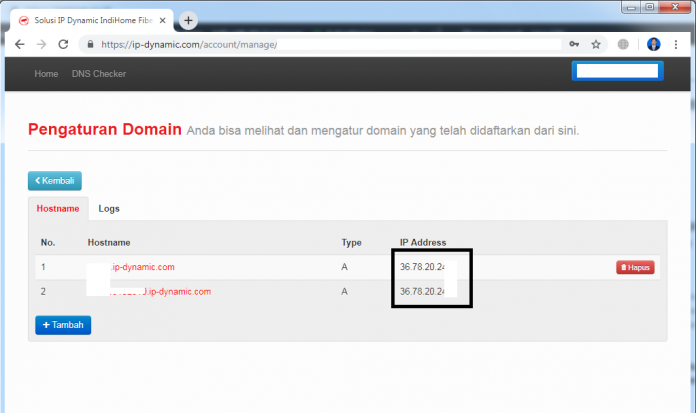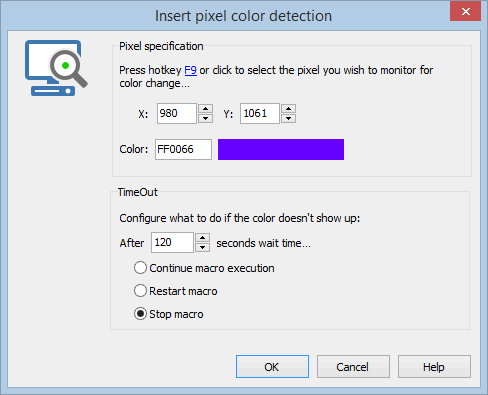

In the early 2010s, this was a purposeful design decision – coupled with what miniaturized display tech was available at the time – so that you could choose when to see and interact with Glass.

Information is not directly overlaid in front of you, but rather in the top-right corner of your vision. Glass, which is currently on Enterprise Edition 2 (EE2) announced in 2019, does not offer what most people would consider a modern AR experience. Google made its augmented reality (AR) work official at I/O 2022 in May, and is now using Glass Enterprise to test productivity-focused capabilities with the help of Workspace and Pixel phones.


 0 kommentar(er)
0 kommentar(er)
